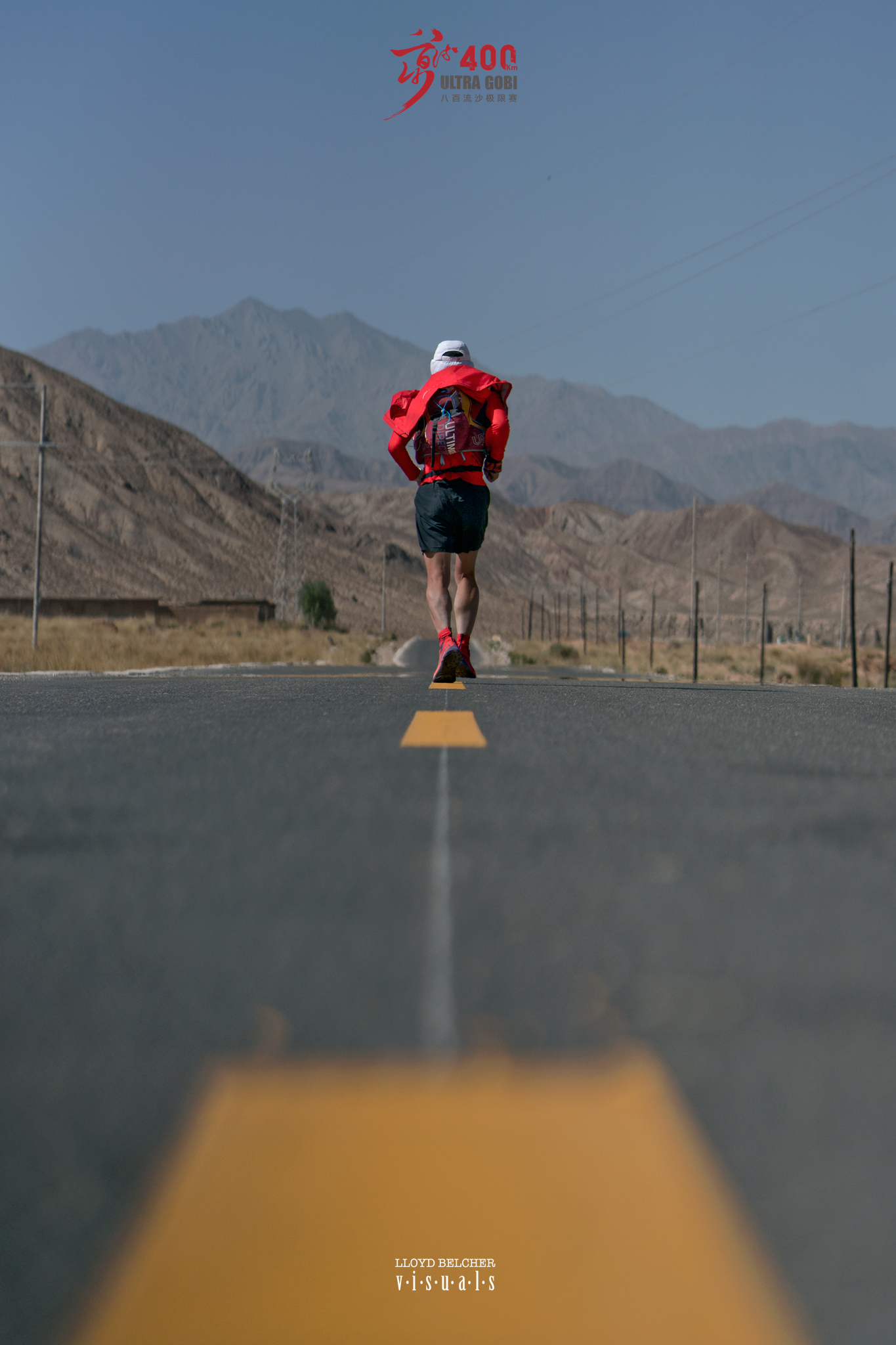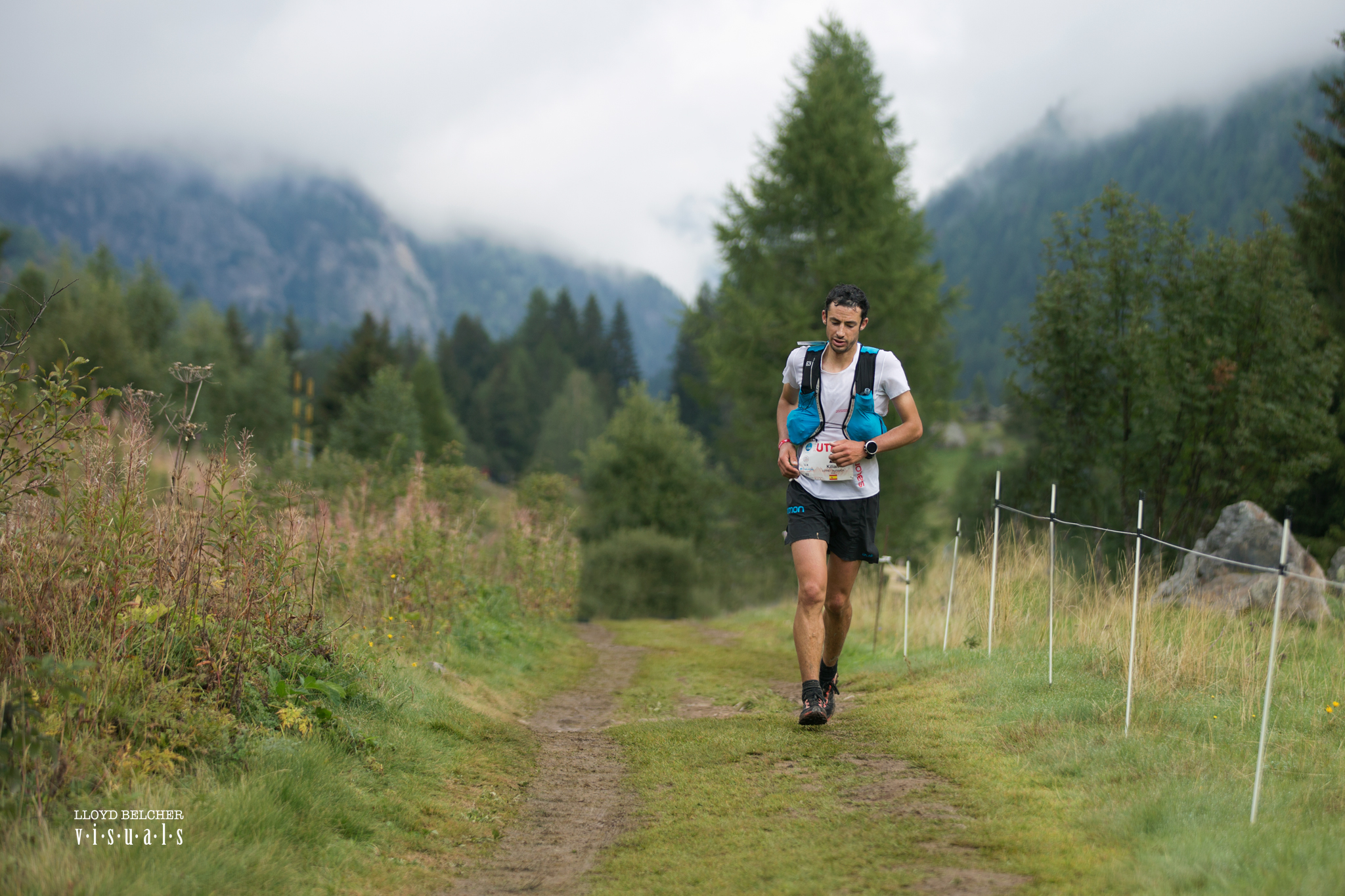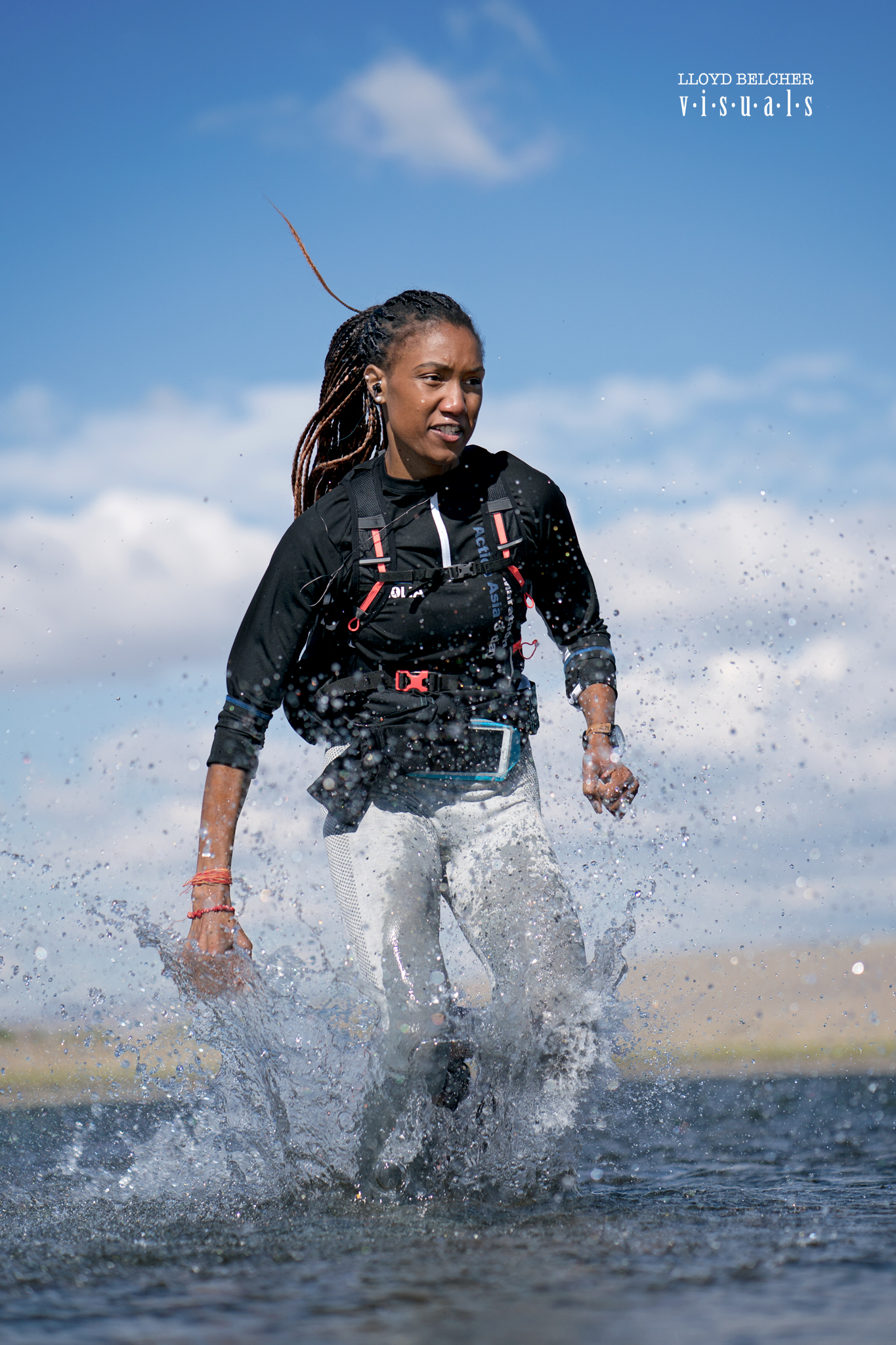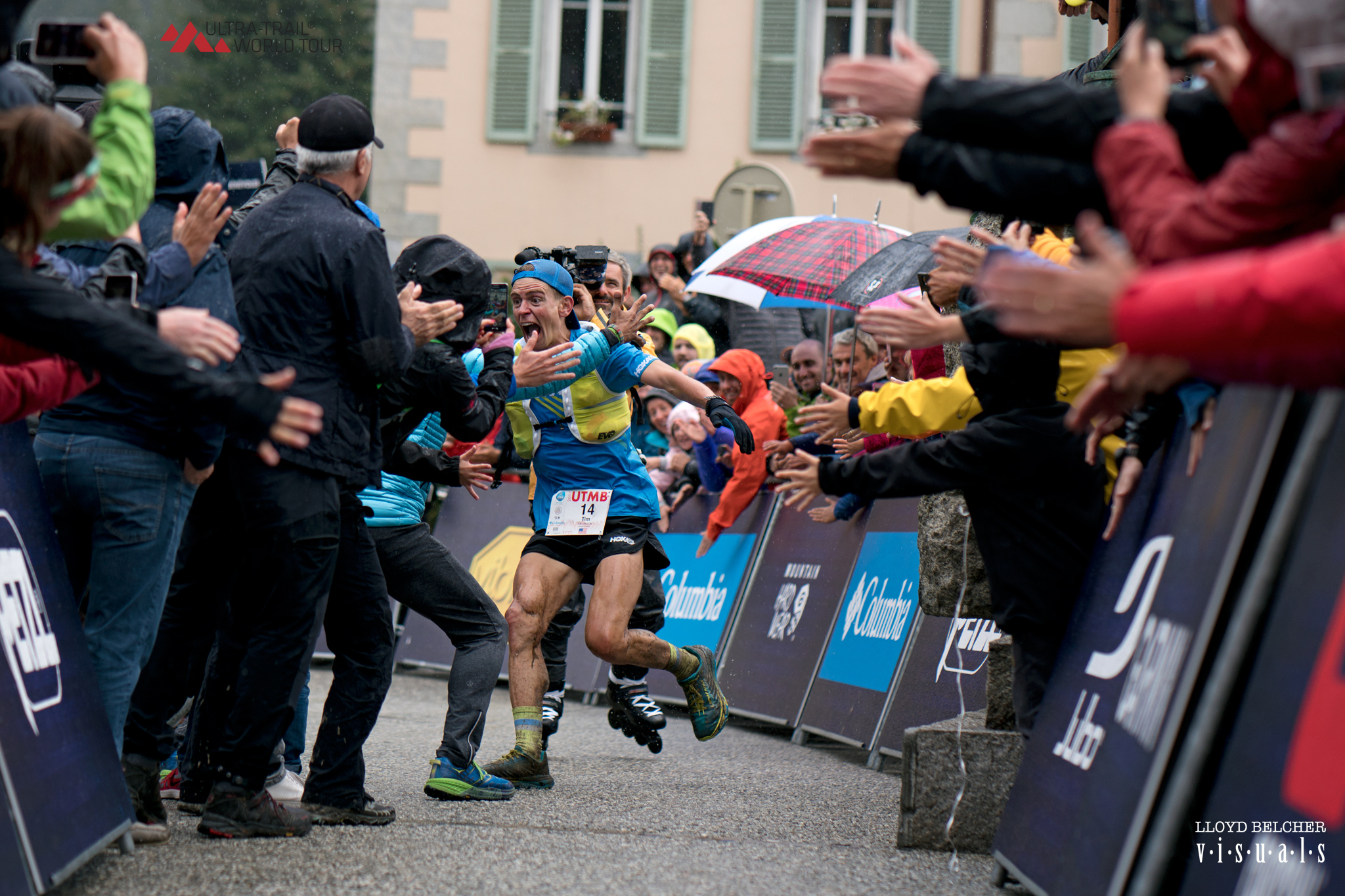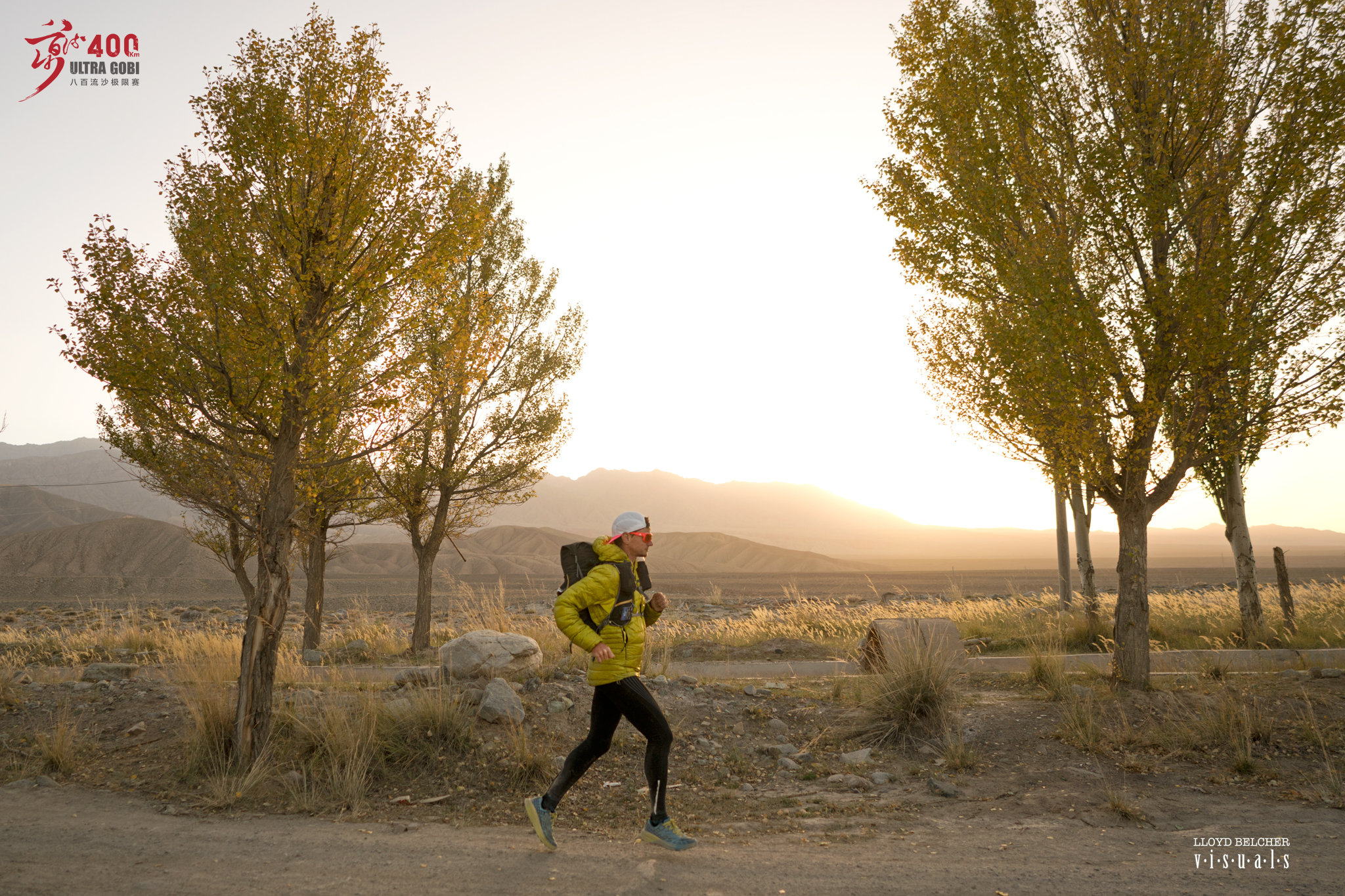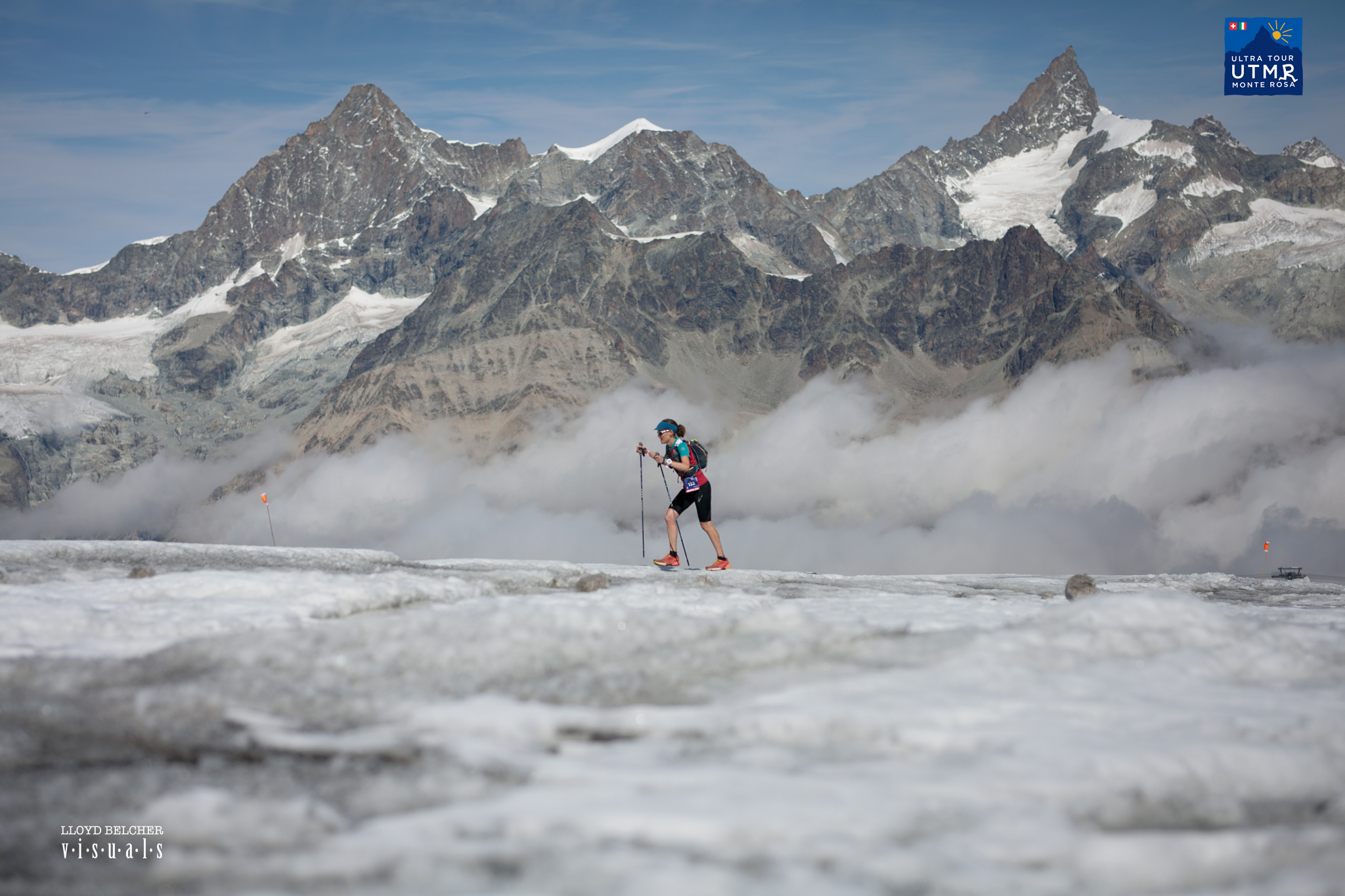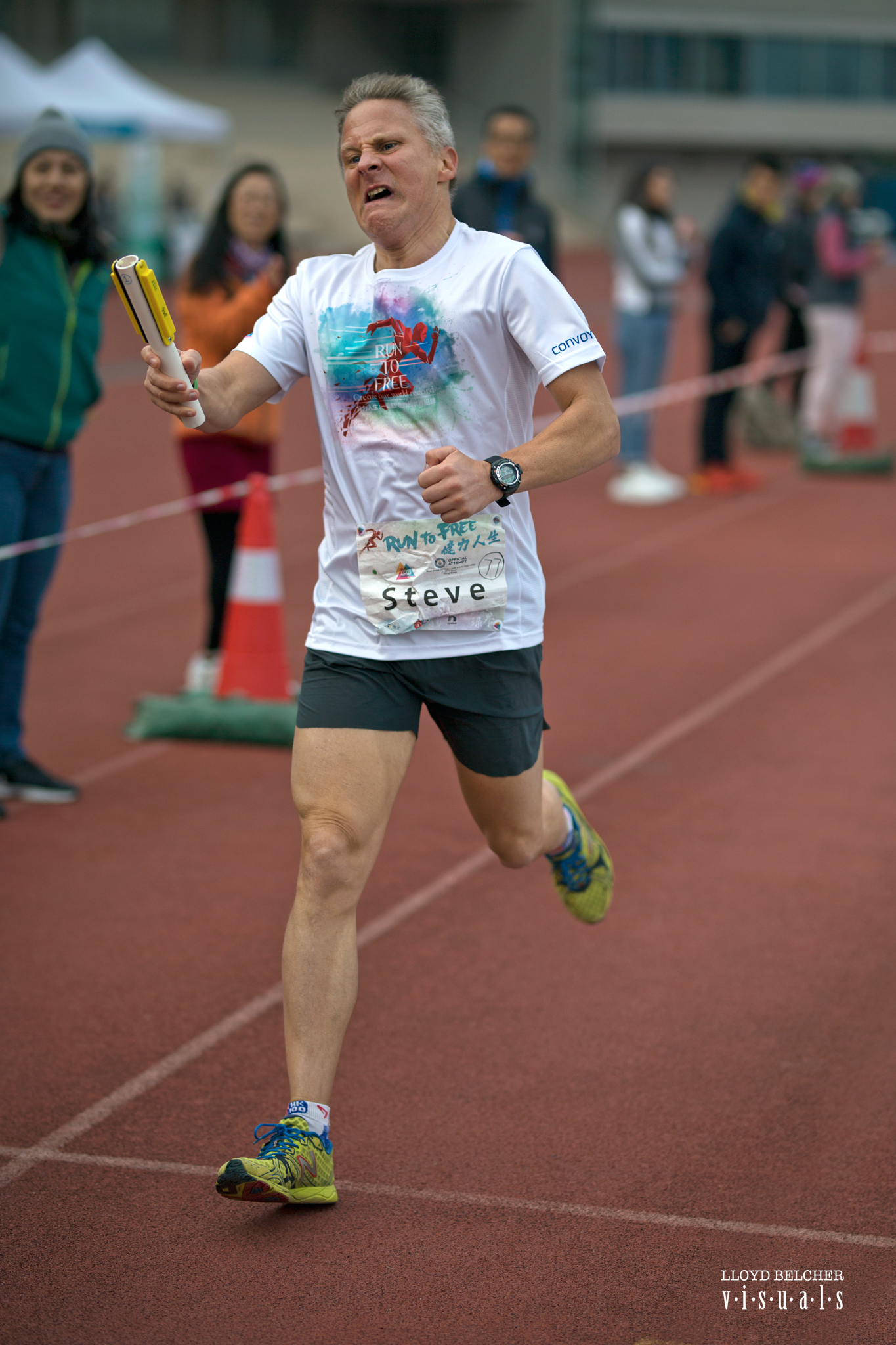I shoot both commercial advertisement images & sporting events. These are different on a number of levels & yet the lessons learned in sports event photography can bring benefits to the commissioned non-event commercial work that I do for brands.
There are many things to be said about sport event photography work but what follows are some of the main points where consistency & a low image attrition rate are some of the key aims to make sure you deliver the goods for an event organiser who has hired you.
It’s not too difficult to shoot half a dozen decent images during an event and then post those on social media to a chorus of Facebook likes but to shoot large volumes of high quality useable images in different settings with a narrative that goes beyond eye catching aesthetics and in a wide variety of compositions – that is a different standard.
The sports event photographers that I admire can consistently reach that standard and it’s one I continually strive for. When you look at the 30-50 images that they post after an event, at least 90% are of a high standard. You never see just a few eye catching images & the rest below par. Those that cut their teeth in event photography who are genuinely good, will often go on to other commercial work outside event photography. The others remain in event photography.
The ability to get the shot in all kinds of settings when it counts and under pressure is valuable and one that brings benefits to commissioned commercial work for brands.

Zegama 2018
I am often asked for advice on shooting events but as someone who is always learning, I don’t feel so bold and so what follows below is some condensed advice in the format of SEVEN TOP TIPS that are a blend of what others have given to me and that I have learnt myself over the past few years and I am happy to share as they have been invaluable and contain standards that I strive for:
- At least 90% of your total images should be high quality If you are just shooting a handful of good quality event images and there’s a big gap between them & the rest of your images, then something isn’t right. Are you a ‘spray and pray’ kind of shooter where you hope that somewhere in the mass load of images you shot at 10 frames per second has the ‘money shot’? Or are you deliberately shooting with a pre visualised shot in mind? Consider your method as this will have an impact upon your attrition and outcome.
- Get it right in camera – if you’re editing your images to death [shadows & highlights because you haven’t exposed properly] and you haven’t got it right in camera then your workflow is inefficient & your skills need working on. Viewers of images might not be Photoshop experts but they can tell from skin & vegetation as well as cloud definitions when the use of editing software has been too generous. Other pro photographers can definitely tell when you haven;t got it right in camera & are compensating through overuse of editing. This is why I enjoy the buzz of shooting ‘live images’ from courses because it is ‘naked photography’ & your work is going straight out there without the time back at your computer to edit and deal with your shortcomings. One give away sign with this is when photographers consistently don’t release event images for quite a few days after a race. Sometimes there are good reasons [client preference] but when the released images are touched up and take a while to get out there then the question about reliance on editing hangs overhead.
- Be able to shoot in all kinds of conditions. From rain, low visibility to direct harsh sunlight, be able to shoot in all conditions. We can’t choose the weather so need to be able to shoot in anything. If the weather is miserable and it’s grey and raining then it’s time to BE CREATIVE [we are ‘creatives’ after all]. That’s what we’re paid for. Don’t blame the weather. Shoot good creative images and make it work for us.
- Work on your fitness – the fitter you are, the more ground you can cover which in turn means more shot options & variety for your client. Of course, I am referring specifically to events where covering ground quickly is an advantage. If you work in sports stadiums with long lenses and don’t need to move around then you might not consider fitness to be something to work on. That’s your call. However, I’ve never found being unfit to be an advantage over being fit in other areas of life. Being sharp at the end of a long day of shooting an event can make the difference in getting that instinctive reaction finishing shot. I would argue that physical fitness helps. I take this side of things pretty seriously as the type of event work I do depends on my fitness. I often train specifically for events such as ultra races where I need to run big distances with equipment. For the Four Trails [298km] and Ultra Gobi [400km] races, I trained by running long distances with full camera gear in the months leading up to these events. The impact that running up and downhill with a pack of camera gear on your back should not be taken lightly. If I train specifically for running races then why shouldn’t I train for an assignment?
- Work for the shots – don’t stand at checkpoints taking shots & take the easy options. Work hard for your shots. Avoid being lazy or not bothered. Get to those remote places. Graft hard and deliver sweat stained images for your client.
- Be yourself – find your own voice in your images. Don’t try & be like some other photographer. Don’t follow the Facebook or Instagram crowd. Find your image voice & stay true to it. It’s not about Facebook likes.
- Don’t be seduced by equipment camera equipment are tools for a job. They are not ornaments. Ask yourself: “what are the best tools for this job?” The tools I use for sporting events are different to those I use for commercial. For example, I shoot race promotional images with a Canon 5D Mk3 and sigma prime lenses. For events like Zegama, Ultra Gobi & The Hong Kong Four Trails Ultra Challenge, I use the Sony Ar2 with Zeiss Batis primes. These different tools work for me and are carefully considered. When I shoot sporting events, I like to move ‘light & quick’. Every gram counts and so DSLRs like the Canon 5D are too heavy for my liking. A mirrorless Sony fits the bill. I’m often astounded by how much gear I see being carried around by sporting event photographers. Reflect on how much gear you have. Do you end up using it all? Here’s what I have carried for recent events where I’m out all day & night and all fits in a Lowepro Photosport 200 or Photosport 300 that I can run with.
- 2 X Sony A7rii
- Zeiss Batis 25/
- Zeiss Batis 85/1.8
- Go Pro & spare batteries
- 1.5L Salomon water bladder
- Sandisk 64GB SD cards
- GU Gels
- Lupine Headlamp & spare battery
- Sony Flash HVL-F43 withAA batteries
- Lastolite softbox
- Peak Design Cuff.
- Battery power pack
- iPhone SE
Here is a shot taken by fellow photographer Vic Ma [image used with permission] where I was running to shoot the action during the Oxfam Trailwalker with a Lowepro Sport 300 on my back. All the above equipment is usually in this pack.
These few pieces of advice have been invaluable to me & ones that I hold myself to. I hope they’re helpful to others as well. Here’s a video that gives an insight into all the points above. I simply put a Go Pro on my camera to show my perspective of shooting The Hong Kong Four Trails Ultra Challenge.
Event Shots
